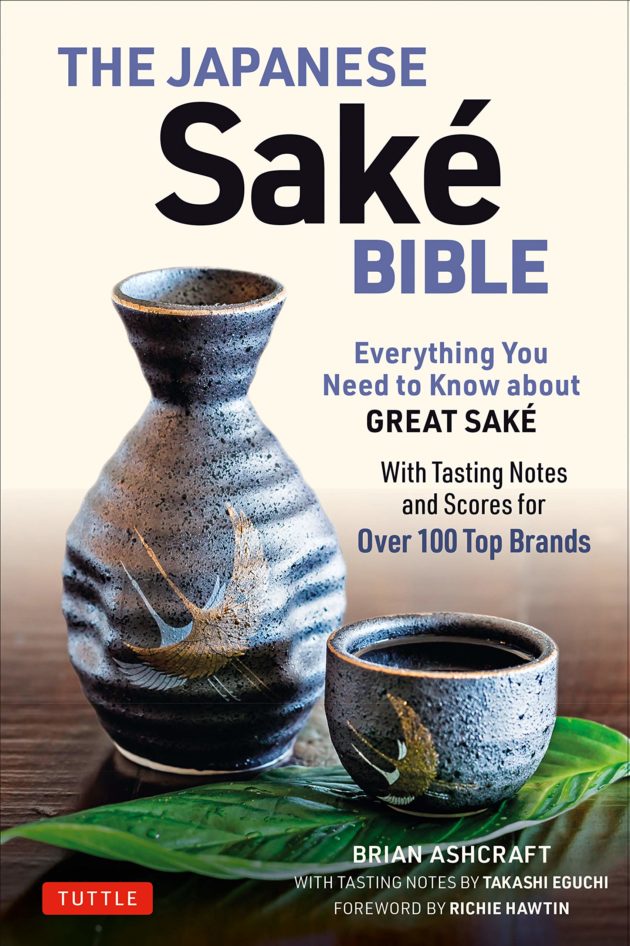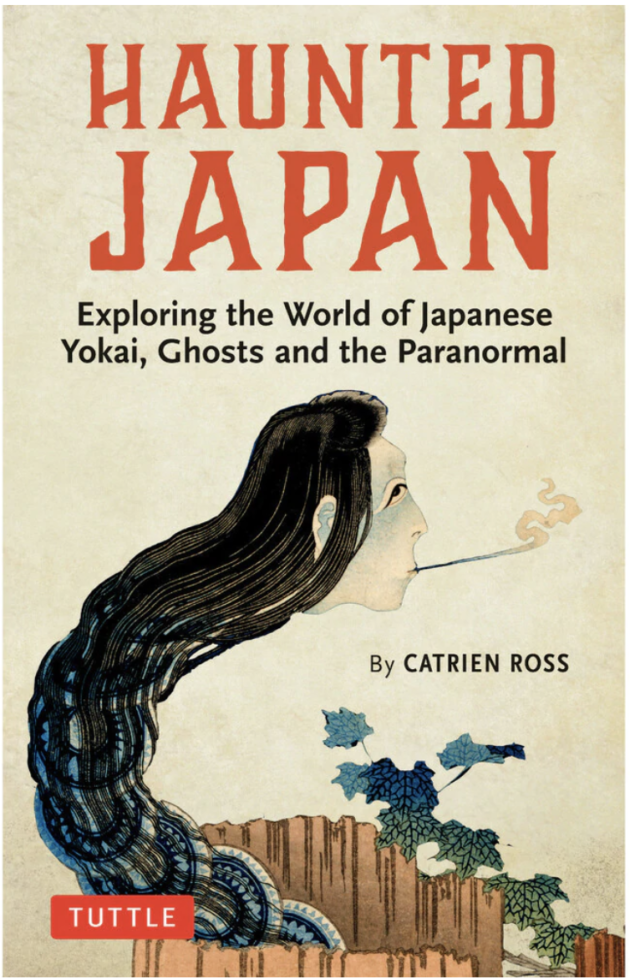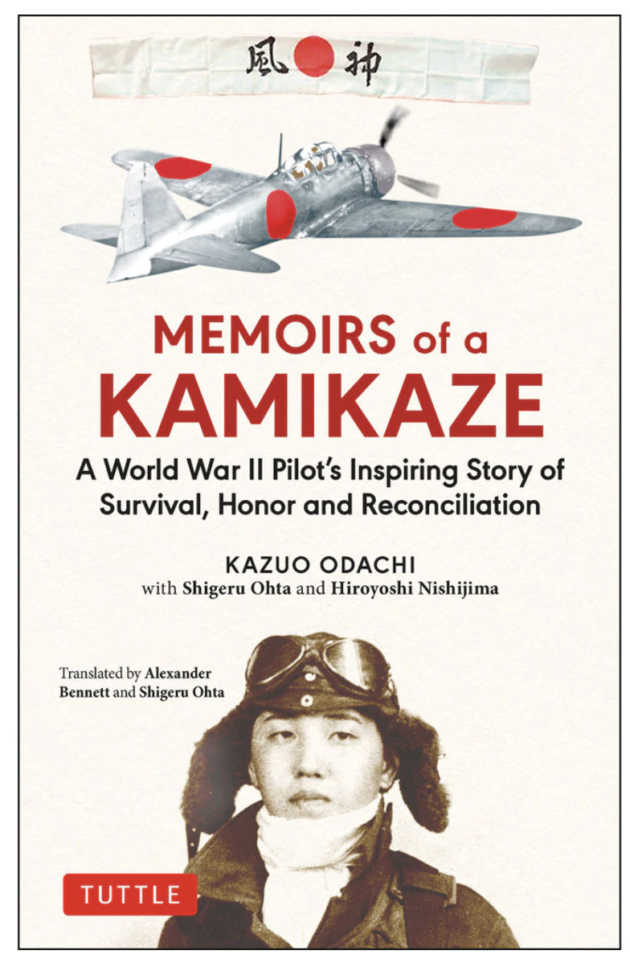
The Japanese Sake Bible
Brian Ashcraft
With burgeoning international interest in Japan’s national drink, its export market growing at a rate surpassing that even of whisky—an area the author has already proven his expertise on in an earlier release by Tuttle, reviewed in KJ—this chunky volume couldn’t be timelier. Yet it would be misleading to call this title a mere guide, for it is not just about knowing your honjuzo from your daiginjo, or even your kimoto from your yamahai. Rather the author’s approach here is reflected in an apt quotation from a former Japanese PM: “saké does not just reflect Japanese culture; it is Japanese culture.” Interviews with the likes of a veteran master toji brewer of 70 years and the pioneers of premium ginjo saké make for a truly enjoyable read and offer valuable context, as do such fascinating stories as those of One Cup Ozeki and Gekkeikan brewery, which found enormous commercial success against all odds. All of this is topped off with a highly comprehensive buyer’s guide; all you need to get started on your own saké journey. Kanpai!

Japan Eats
Betty Reynolds
Giving a virtual tour of Japan, Betty Reynolds’ Japan Eats! is a picture book that beautifully and humorously illustrates typical Japanese menus, both in celebratory mode and daily snacks, including sushi, noodles, tempura, cakes and snacks, etc. and informs newcomers of basic manners at restaurants, like how to hold chopsticks, where to leave your shoes at a Japanese hotel, or even how to avoid embarrassing errors at a sento (public bath). In English and some Japanese, this book informs the reader about foods at events such as festivals and sumo matches, as well as ‘ekiben’, lunchboxes for train travel. A good guide for first-time visitors, as well as gourmet travellers to Japan.

Haunted Japan
Catrien Ross
According to Haunted Japan: Exploring the World of Japanese Yokai, Ghosts and the Paranormal, Japan has 183,996 governmentally-recognised religious organizations and another 47,023 unofficial ones. With this book, Catrien Ross takes us to a paranormal Japan both ancient and modern, from Tohoku to Kyushu (from northeast to southwest Japan). She describes not only spectacular and famous ghost stories related to ukiyoe, Mt. Osore, Tengu, etc., but also quite a number of supernatural, esoteric religious groups (and associated figures) that appeared between the Meiji Restoration and the end of World War II, when Japan sought to abandon its mystic ancient culture and become ‘modern’ in the Western way. (Many of these groups still exist today!)

Memoirs of a Kamikaze
Kazuo Odachi
Against unbelievable odds, Kazuo Odachi is now 93 years old. Just before the end of WWII, still a teenager, he survived eight suicide missions as a pilot in the Impaerial Japanese Navy’s Kamikaze Special Attack Corps. Psyched up each time to make the ultimate sacrifice, he was repeatedly unable to find any targets. Post-war, he became a police detective; now retired, he has continued to train regularly in kendo, at least until Covid. Characteristically, he never talked about his wartime experiences, until two fellow kendo enthusiasts persuaded him to share his personal recollections in this book. Another kendo colleague, Alexander Bennett, joined the team as translator. (His own books, also published by Tuttle, include Japan: The Ultimate Samurai Guide, The Complete Musashi, and Hagakure: The Secret Wisdom of the Samurai). With the horrors of WWII receding from social memory, there is much to be learned from detailed, clearsighted, unsentimentalized first-hand accounts like Odachi’s.

Japan in 100 Words
Ornella Civardi and Gavin Blair
Many astute publishers have realized that a reader-friendly, educational and entertaining way to introduce Japanese culture is to create a “dictionary” of things unique to Japan. Japan in 100 Words is one such book, and it gives us 100 words—from pop culture to cuisine to aesthetics to social concepts—that help us understand Japan. Each entry is accompanied by a clearly-written, up-to-date description that covers history and context. Most of the words are associated with things we are already familiar with—kimono, yakuza, bonsai, ikebana, haiku, anime. Having 100 of them all between the covers of a book reaffirms just how rich and creative Japanese culture is. This would be an excellent book for those who are not familiar in Japan, and even a better textbook for junior-high and high-school students in social studies programs. Japan in 100 Words is richly illustrated by Ayano Otani.
Tuttle is the world’s leading publisher of books on Asia. Visit www.tuttlepublishing.com



